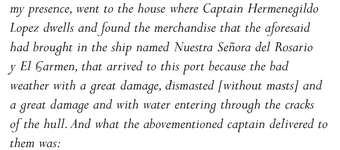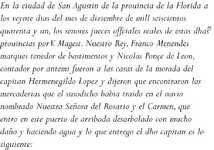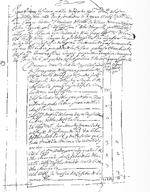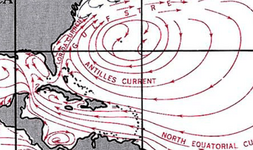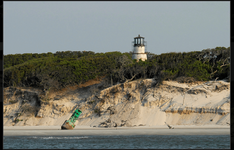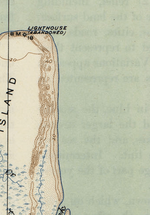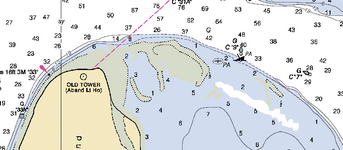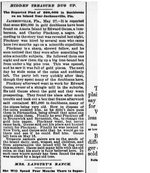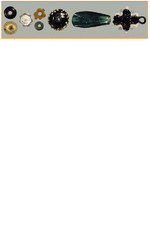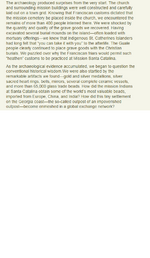Don't know if it helps, but I've read on another site... NORTHEAST FLORIDA SITES that there is a dangerous shallow shoal, north of St. Augustine, at the mouth of the st. mary's river called pelican shoal. Apparently some believe there have been as many as 11 ship wrecks on this shoal. According to the site above in particular this is a very seldomly visited or thought of place to look. I'm thinking of checking it out some times this summer if all bodes well. Probably start with a snorkeling trip out from fernandina, see if my dad is up for taking his sail boat out and checking it out. This could be a possibility for some, but I'm a little unsure since one account listed here called for them being stuck against a cliff. I'm almost certain there is no where in florida that has a cliff on the shoreline, that seems maybe one of the islands to the south or as mentioned before here further north maybe up the georgia or carolina coast.
But here is my thinking. I would reckon, that if I'm captain of a spanish ship out from havana headed back home to spain, with my belly full of gems, gold and silver, this would be my plan. Sail east northeast, along the keys safely in a channel, but within safe distance of land as they knew they set sail during hurricane season. I would personally stay close to the shore for a good ways north. This gives safe harbor for storms, and if needed for a repair. Also for fetching of fresh water and food if needed. Also they could resupply at familiar outposts as the headed north along the coast, cape canaveral, st. augustine, fernandina, fort caroline in south carolina. Then make the turn right out into open waters towards either bermuda, or even the azores before going back to spain.
I'm trying to do some research now to see if I can conclude any of this to be true or not. I'm just thinking Spain is awful far north to head northeast from the bahama canal into opean ocean with all the loot. If anyone knows more about the route they took home it would be a great help.
But here is my thinking. I would reckon, that if I'm captain of a spanish ship out from havana headed back home to spain, with my belly full of gems, gold and silver, this would be my plan. Sail east northeast, along the keys safely in a channel, but within safe distance of land as they knew they set sail during hurricane season. I would personally stay close to the shore for a good ways north. This gives safe harbor for storms, and if needed for a repair. Also for fetching of fresh water and food if needed. Also they could resupply at familiar outposts as the headed north along the coast, cape canaveral, st. augustine, fernandina, fort caroline in south carolina. Then make the turn right out into open waters towards either bermuda, or even the azores before going back to spain.
I'm trying to do some research now to see if I can conclude any of this to be true or not. I'm just thinking Spain is awful far north to head northeast from the bahama canal into opean ocean with all the loot. If anyone knows more about the route they took home it would be a great help.



